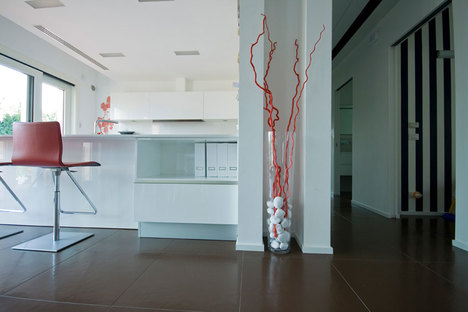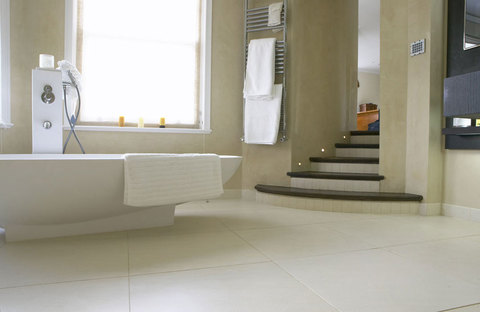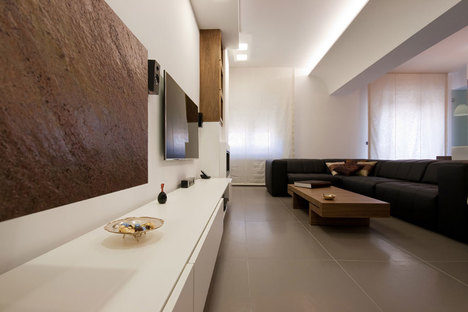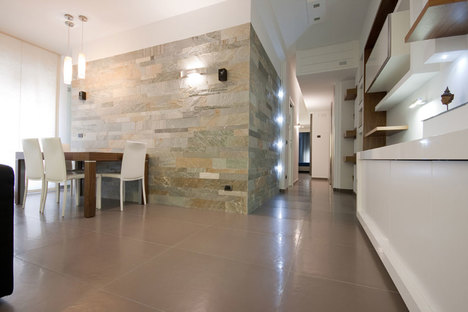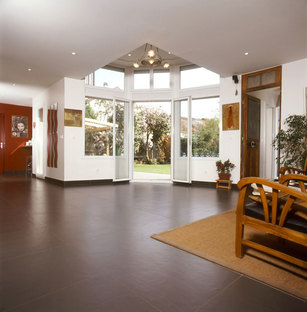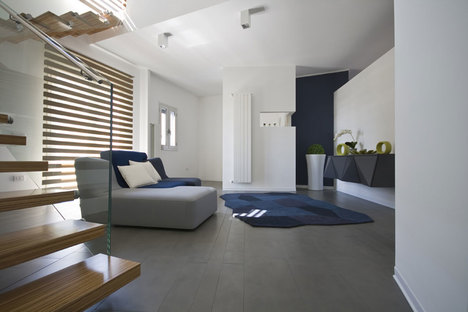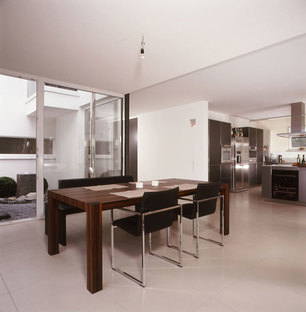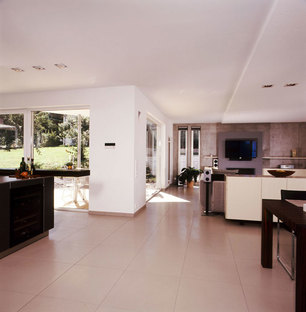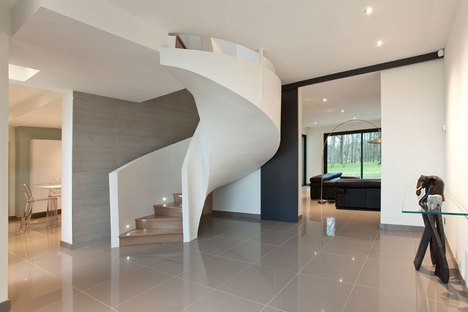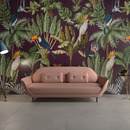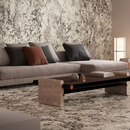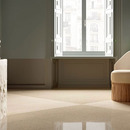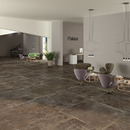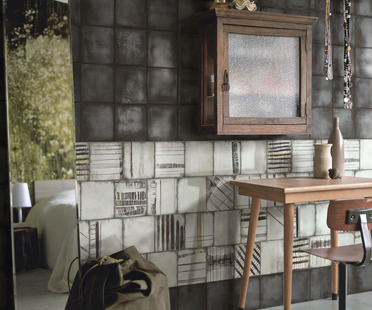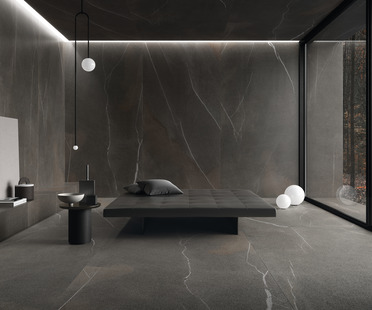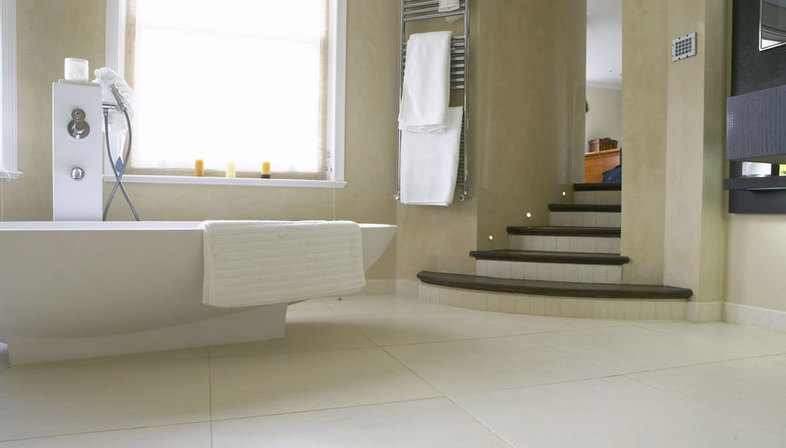
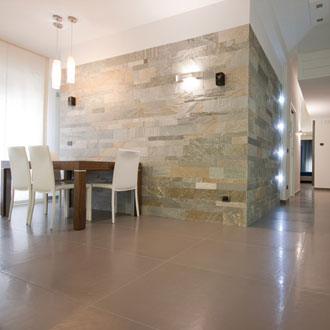
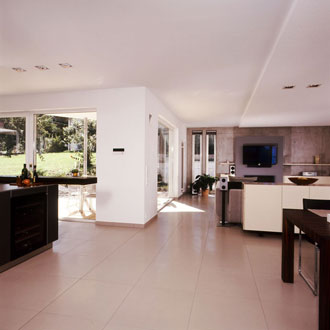
Choosing a minimalist interior style for the home is a desire that can be made reality with only a few practical measures, without investing a lot of time, energy or money. Often superficially considered synonymous with simplicity, minimalist interiors are sometimes perceived as less attractive in view of a society - and mass media - increasingly oriented toward complexity, proliferation and accumulation. And so we find ourselves seeking out exotic, original solutions to make our homes stand out as unusual, when in actual fact the best thing would be to emphasise what is already there, or better yet, to focus on absence and emptiness. Hard to do? It might be, as many people have difficulty with a compositional style that makes subtraction its key feature, as in minimalist interiors.
The key is to distinguish between the essential and the superfluous, which in the case of minimalist interiors means furniture and objects accumulated over the years. Let us consider some sources of inspiration for reflection, looking at a series of images of home designs in France, Italy and England. 1) Floors and walls are best appreciated when there are no visual impediments and there is plenty of freedom and convenience for movement and passage. A selection of residential projects implemented using Eiffelgres tiles clearly reveals how porcelain tiles alone can be sufficient to decorate a room and optimise any space in the home, large or small, from the kitchen to the bathroom.
When choosing which items of furniture to keep, surfaces are of essential importance for the overall harmony and above all the brightness of the minimalist space, which is by definition devoid of obstructions and excesses and therefore optimally reflects either natural or artificial light. Porcelain is the best material for this kind of free surface exposed to light, because its technical features underline the variety of natural stone and preserve its many different facets and its delicate veins over time.
2) When we talk about surfaces, we also mean all kinds of tops (table-tops, countertops, desktops...) and above all walls, which are often cluttered up with all sorts of pictures, posters and shelves... but are they all really necessary? In the minimalist interior designs presented here, a few decorative elements can reveal an atmosphere of serenity, and probably convey a lot more than a mix of different objects.
Creativity is not measured in terms of the number of objects, but by well-considered choices in design.
3) Colours are an essential aspect of any minimalist design, the power of which certainly lies in soft, delicate hues, though warm colours can also be fascinating, provided there are not too many different hues or breaks. Here too the home designs presented by Eiffelgres suggest colours, such as refined Bianco Luna, a mother-of-pearl hue perfect for the bathroom.
If we put these policies into practice, simplifying and ordering the spaces we use every day, we will find ourselves living in a more relaxed atmosphere and improving our own and our family’s well-being.
Marco Privato










